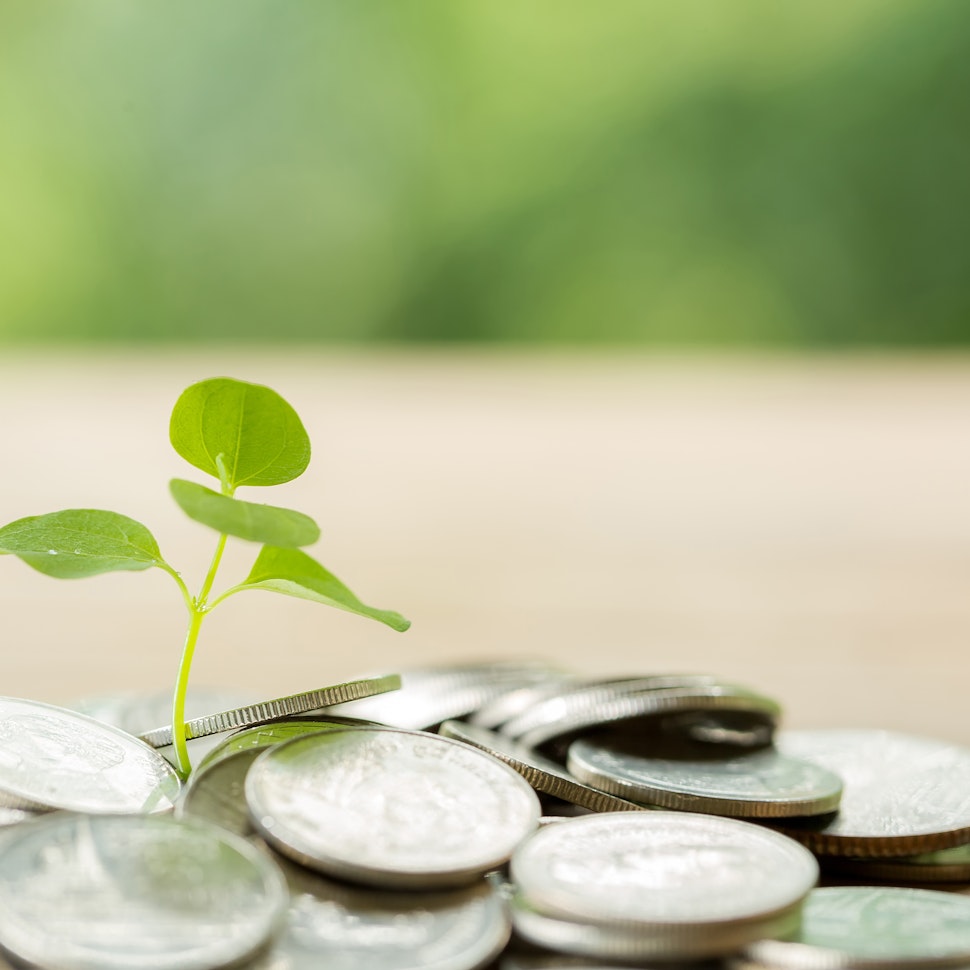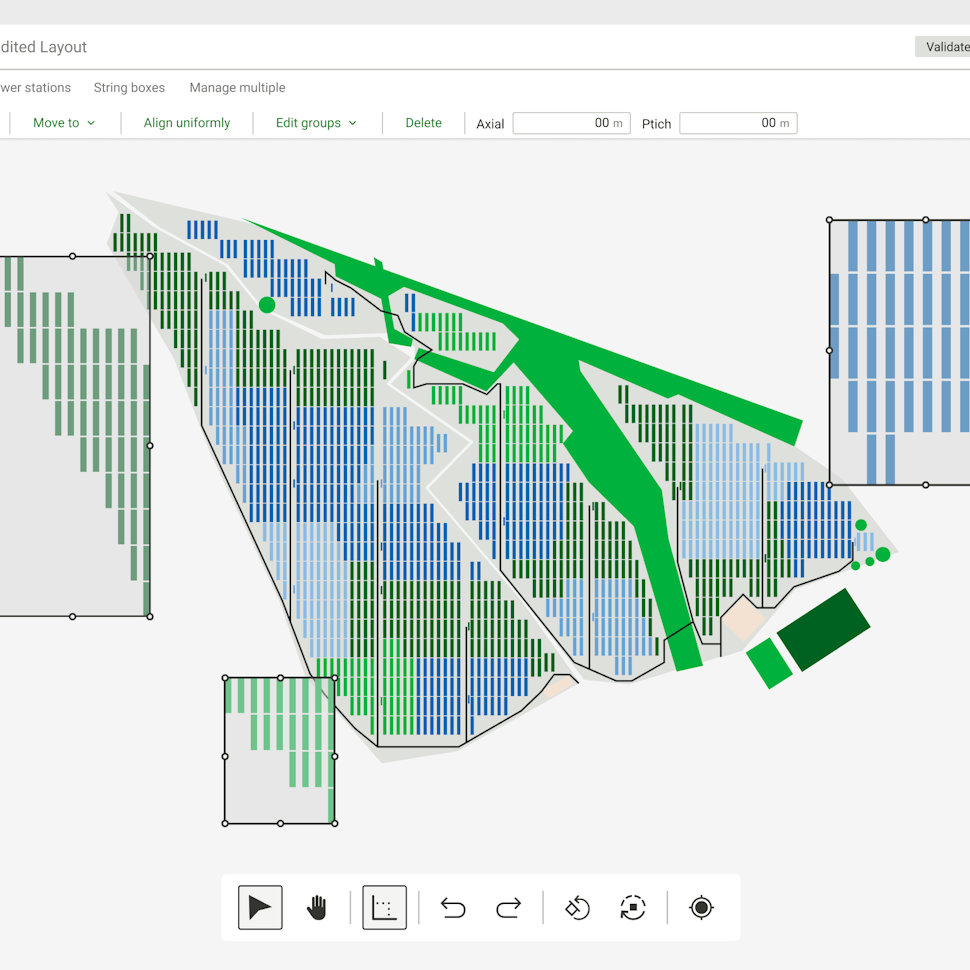- Solar energy blog
- Further tailoring RatedPower to US standards
Further tailoring RatedPower to US standards


Gabriel Cañadas

According to the U.S. Energy Information Administration (EIA), Solar PV accounted for nearly 40% of all new electricity-generating capacity additions in 2019, installing 13.3 GW (+23% from 2018), of which 8.4 GW was utility-scale (+37% YoY and 63% of the total pv installed), to reach 77.7 GW of total installed capacity.
Wood Mackenzie, taking into consideration COVID-19 effects, forecasts a 33% annual growth in solar PV installations in 2020, with nearly 18 GW of new installations expected, corresponding 14.4 GW to the utility-scale segment. This new capacity will continue to grow in the following years with an expected 83.2 GW installed from 2020 to 2025.
Taking into consideration these numbers, RatedPower has identified the US solar market as one of the most important ones and therefore has allocated specific resources to have RatedPower always aligned with this market’s needs.
To this respect, our platform now:
Has improved the way the NEC (National Electrical Code) is implemented for cable sizing.
Has introduced the IEEE Standards (Institute of Electrical and Electronics Engineers) to size interconnection facilities.
We provide all of the downloadable documentation in Imperial Units.

NEC
During the past months RatedPower’s engineering team has been working hard to improve how the NEC is implemented when designing solar PV projects with RatedPower. Among the most important improvements we can highlight:
Cable ampacity tables have been updated.
The NEC insulations have been included.
The ground temperature, thermal resistivity, and trench depth correction factors have been added.
The sizing of cables regarding the voltage drop has been changed and improved.
IEEE standard
With regards to the implementation of the IEEE standard, RatedPower users can now have their substation (electrical devices, insulation coordination, short-circuit calculations and the busbar calculation) sized in compliance to this standard.
IEEE is the Institute of Electrical and Electronics Engineers that is based in the United States and that was formed from the American Institute of Electrical Engineers, the institute developed many standards that became, later, international. Among those standards, there are the ones that define electrical guidelines and protocols mainly used in the United States.
Imperial units
It has been made clear by our US clients that having an option to download the documentation provided by RatedPower with Imperial Units was essential. Therefore, in order to adapt to our clients' needs, in addition to having the interface in Imperial Units, all the documentation in RatedPower can now also be downloaded in Imperial Units.
Meteo data importer
Last but not least, after understanding that SolarAnywhere's and NREL's are the most commonly used TMYs in the US, we have incorporated a meteo data importer that allows users to directly upload their SolarAnywhere, NREL, Meteonorm or SolarGIS TMYs.
Recently added meteorological data importer
All in all, RatedPower will continue to adapt RatedPower not only to the US market, but to all of the markets where it has presence, trying to fulfill its customer specific needs while staying a global tool.
If you have any questions regarding the methodology or any other standards you would like to see implemented, please feel free to reach out and tell us more about your ideas. Request a free demo to see this in action.
Latest stories
Related posts
Product and corporate updates
Enverus’ Solar ROI calculator: assess PV plant’s profitability
Find out how much you could save by integrating Enverus tools into your solar design workflow, as we explain how our solar ROI calculator works.
Updated 5 AUG, 25

Product and corporate updates
Exploring the RatedPower CAD import tool
Discover the RatedPower CAD import tool, an intuitive and time-saving feature that directly integrates DWG CAD files and shapefiles into our platform.
Updated 17 JUN, 25

Product and corporate updates
Discover RatedPower’s Layout Editor
RatedPower’s Layout Editor combines precision, automation, and instant feedback to create a financially and commercially viable layout for a PV plant.
Updated 6 MAY, 25

- RatedPower
- Solar energy blog
- Further tailoring RatedPower to US standards
 Watch a demo
Watch a demo Ask our AI Product Expert
Ask our AI Product Expert